I’m delighted to be hosting a stop on Suzanne M. Wolfe’s blog tour for her new novel, A Murder by Any Name: An Elizabethan Spy Mystery. To mark the occasion, Suzanne has written a guest post entitled ‘The Life and Times of Elizabethan London’.

Book Blurb
The court of Elizabeth I is no stranger to plotting and intrigue, but the royal retinue is thrown into chaos when the Queen’s youngest and sweetest lady-in-waiting is murdered, her body left on the high altar of the Chapel Royal in Whitehall Palace. Solving the murder will require the cunning and savvy possessed by only one man. Enter Nicholas Holt, younger brother of the Earl of Blackwell?spy, rake, and owner of the infamous Black Sheep tavern in the seedy district of Bankside. Nick quickly learns that working for the Queen is a mixed blessing. Elizabeth?salty-tongued, vain, and fiercely intelligent?can, with a glance, either reward Nick with a purse of gold or have his head forcibly removed.
When a second lady-in-waiting is slain at Whitehall, the court once again reels with shock and dismay. On the trail of a diabolical killer, Nick and his faithful sidekick?an enormous Irish Wolfhound named Hector?are treading on treacherous ground, and only the killer’s head on a platter can keep them in the Queen’s good graces.
The Life and Times of Elizabethan London
I grew up in Manchester, England, a city that considers London its biggest rival. But I’ve never felt there was any competition. I’ve always agreed with the great Samuel Johnson: “When a man is tired of London, he is tired of life.” In one sense, London itself might be considered one of the major characters in my Elizabethan spy mysteries.
The first thing visitors notice when they fly over London is how huge the Greater London area is; it seems to go on for miles, a dense urban landscape crisscrossed by thousands of roads.
The River Thames winds its serpentine route below and, as the plane banks, one can pick out major landmarks along the river: the Tower of London; the London Eye; the Houses of Parliament and Big Ben; the many bridges connecting the north and south banks. These are all recognizable tourist attractions but only one of them would have been familiar to Elizabeth the First and Shakespeare—the Tower of London.
Because the Great Fire of London in 1666 destroyed most of timber-constructed Tudor London, what we see today are buildings constructed out of stone in subsequent centuries. Christopher Wren and Nicholas Hawksmoor are the great seventeenth century architects chiefly responsible for building fifty two churches destroyed by the Great Fire, including Wren’s masterpiece, St. Paul’s Cathedral.

The best way to get a glimpse of Elizabethan England, and the houses that made up London before the fire, is to visit towns and country estates outside of London. Shakespeare’s home in Stratford is a good example of a merchant’s comfortable home, and Gawsworth Hall in Cheshire is a classic example of a Tudor timber-constructed manor house.

Shakespeare’s Birthplace, Stratford-upon-Avon

Gawsworth Hall
But all traces of sixteenth century London were not completely wiped out by the Great Fire. There are still a few structures that remain—Henry VIII’s wine cellar beneath the destroyed Whitehall Palace, for example—and there are numerous written accounts from letters and diaries and official documents that survived and paint a vivid picture of the city that Shakespeare would have known.
We know what upper-class Elizabethans wore thanks to the numerous portraits that are still extant; we know their loves and hates from plays and poetry; what they liked to eat (we even have recipes for certain dishes); we know how they spent their leisure and work time; what kind of medical help was available; what the infant and childbirth mortality rates were; even how big the average Elizabethan was thanks to the plans for the seats at the Globe Theatre that still survive. Interestingly, the modern reconstruction of the Globe in Bankside had to considerably widen the seats because people are a lot bigger than they were in the sixteenth century.
We even have a diary written by a merchant who had come to London with his wife for a visit, decided to go to the Globe to see a Shakespeare play, had rented cushions for his wife and himself to sit on during the performance, and then complained in his diary that the cushions were full of fleas and he and his wife were badly bitten. Reading an account like this is not only hilarious but it really brings home the fact that people five hundred years ago had many of the same desires, concerns, problems, and joys that we do today. I myself would be less than thrilled if I got bitten by fleas on my weekend to the big city, especially if, as the merchant complains, the cushions were expensive to rent!
And, of course, we have maps of the city prior to the Great Fire. The one I use was made in 1520 and is an extremely detailed street map of Tudor London. I can follow my protagonist from Bankside, where he lives, north over London Bridge, right at Thames Street towards the fish markets of Billingsgate, continuing east toward the Tower of London. Or my character can turn left on Thames after the bridge, left again on Cousin Lane, and catch a wherry at Olde Swan Stairs that will take him upstream towards the southern curve of the river and thence to Whitehall Palace on the western side of the river where he will land at Whitehall Palace Stairs or the Queen’s own Privy Stairs (if he has royal permission, of course).
During the day, London would have been teeming with people. Its population quadrupled from 50,000 to 200,000 between 1500 and 1600. Inside the city walls the streets were narrow and winding; only the Strand was paved, so the streets were quagmires to walk in.
The multi-story buildings were built so close together that they hung over the streets and blocked out most of the light. Even traversing alleys and lanes during the day could be dangerous; at night, it was suicidal. Most decent folk would lock themselves into their homes as night fell. Only the criminals, and the aristocrats who could afford to have armed body-guards attend them, ventured into the streets of London at night.
London was surrounded by fields outside the city walls where sheep and cattle grazed. The air outside the city was sweet and wholesome. Inside the city walls was another matter. Not to put too fine a point on it, but the city reeked. Without a structured sewer system, most Londoners threw their night soil into the streets, or into the River Thames, or into the Fleet River, which ran from the north past the Fleet Prison and emptied into the Thames near Whitefriars. As the population of London grew, so did the problem of hygiene.
That is why Queen Elizabeth and her court carried around clove-studded oranges and pomanders stuffed with sweets herbs like lavender, rosemary, and mint. Held under their noses, they helped mitigate the eye-watering stench of the streets.
Londoners would have talked in a very different way than they do today. They would not even have sounded like Cockneys. The closest accent to an Elizabethan is the way we think of pirates talking. I’m not kidding: there are studies that prove it.
Despite the differences to our own time, the Elizabethan era is one of the most vibrant and fascinating periods in all of history. I hope A Murder by Any Name will give you a taste of this wonderful, exhilarating time.
About the Author
Suzanne M. Wolfe grew up in Manchester, England and read English Literature at Oxford University, where she co-founded the Oxford C.S. Lewis Society. She served as Writer in Residence at Seattle Pacific University and taught literature and creative writing there for nearly two decades. Wolfe is the author of three novels: A Murder by Any Name (forthcoming from Crooked Lane on October 9, 2018), The Confessions of X (HarperCollins/Nelson, 2016, winner of the Christianity TodayBook of the Year Award), and Unveiling (Paraclete Press, 2004; revised edition, 2018, winner of the Award of Merit from the Christianity Today Book of the Year Awards). Thirty years ago, she and her husband, Gregory Wolfe, co-founded Image, a journal of the arts and faith. They have also co-authored many books on literature and prayer including Books That Build Character: How to Teach Your Child Moral Values Through Stories (with William Kirk Kilpatrick, Simon & Schuster, 1994), and Bless This House: Prayers For Children and Families (Jossey-Bass, 2004). Her essays and blog posts have appeared in Image and other publications. She and her husband are the parents of four grown children. They live in Richmond Beach, Washington.
Follow her on Twitter and Facebook.








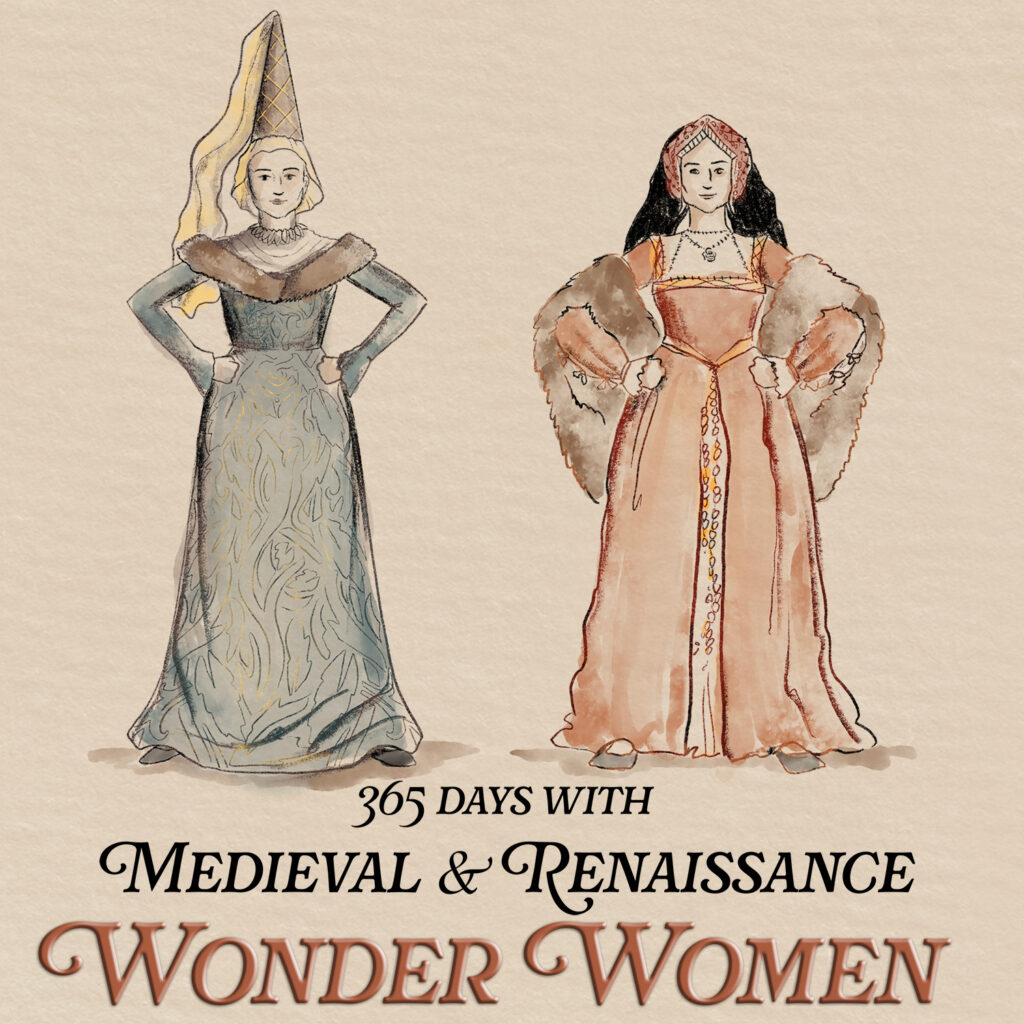
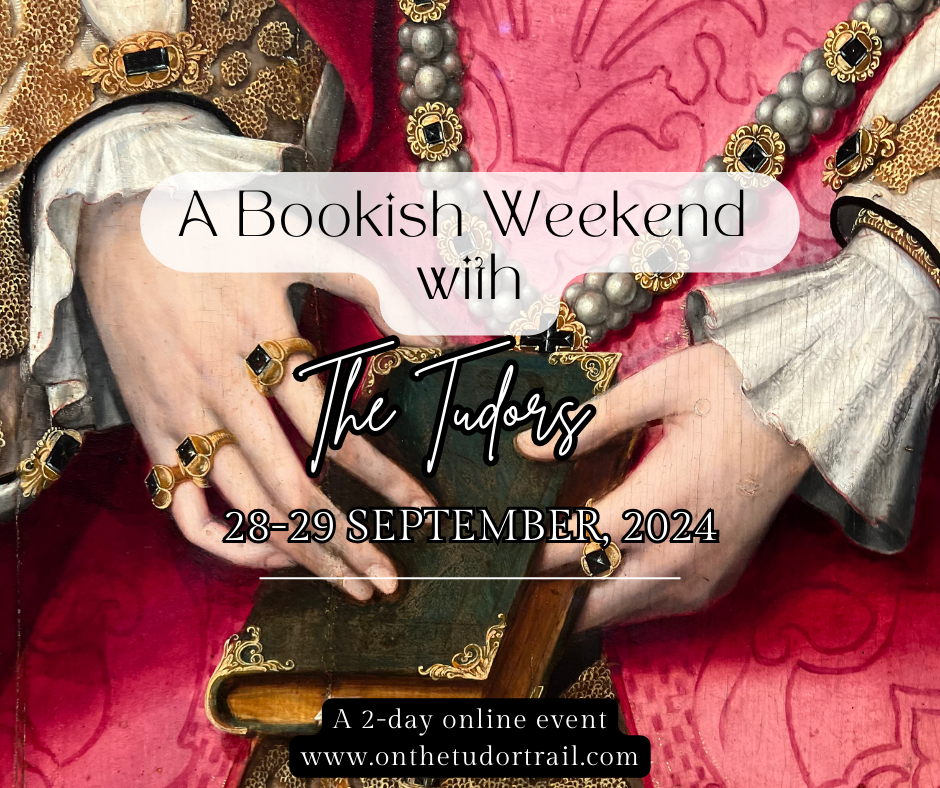
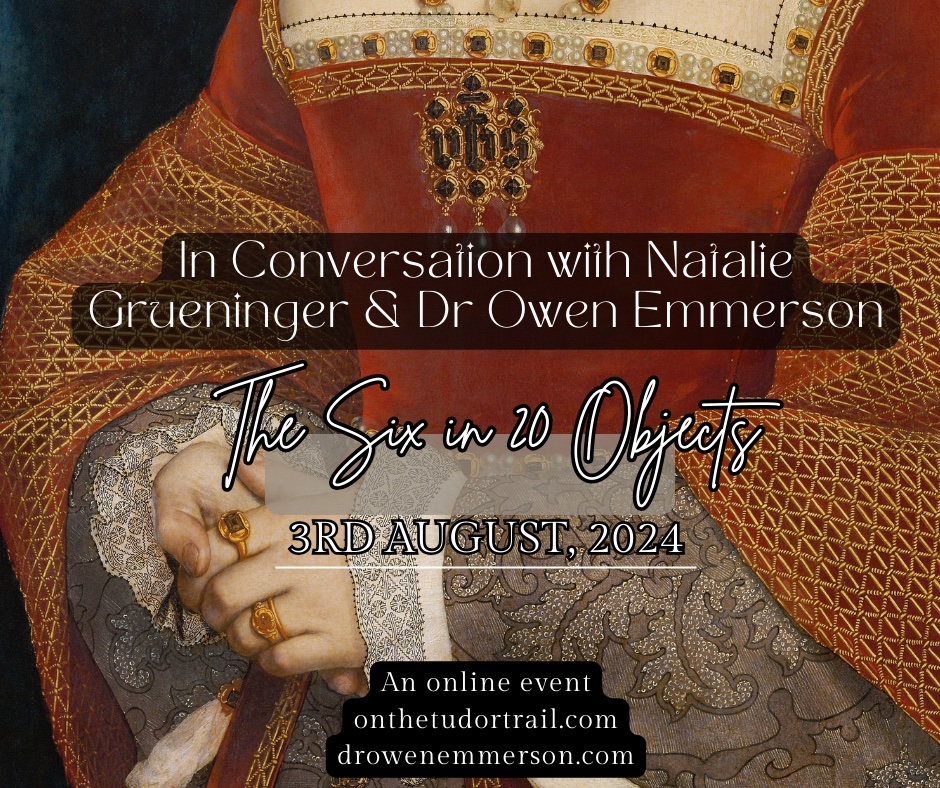
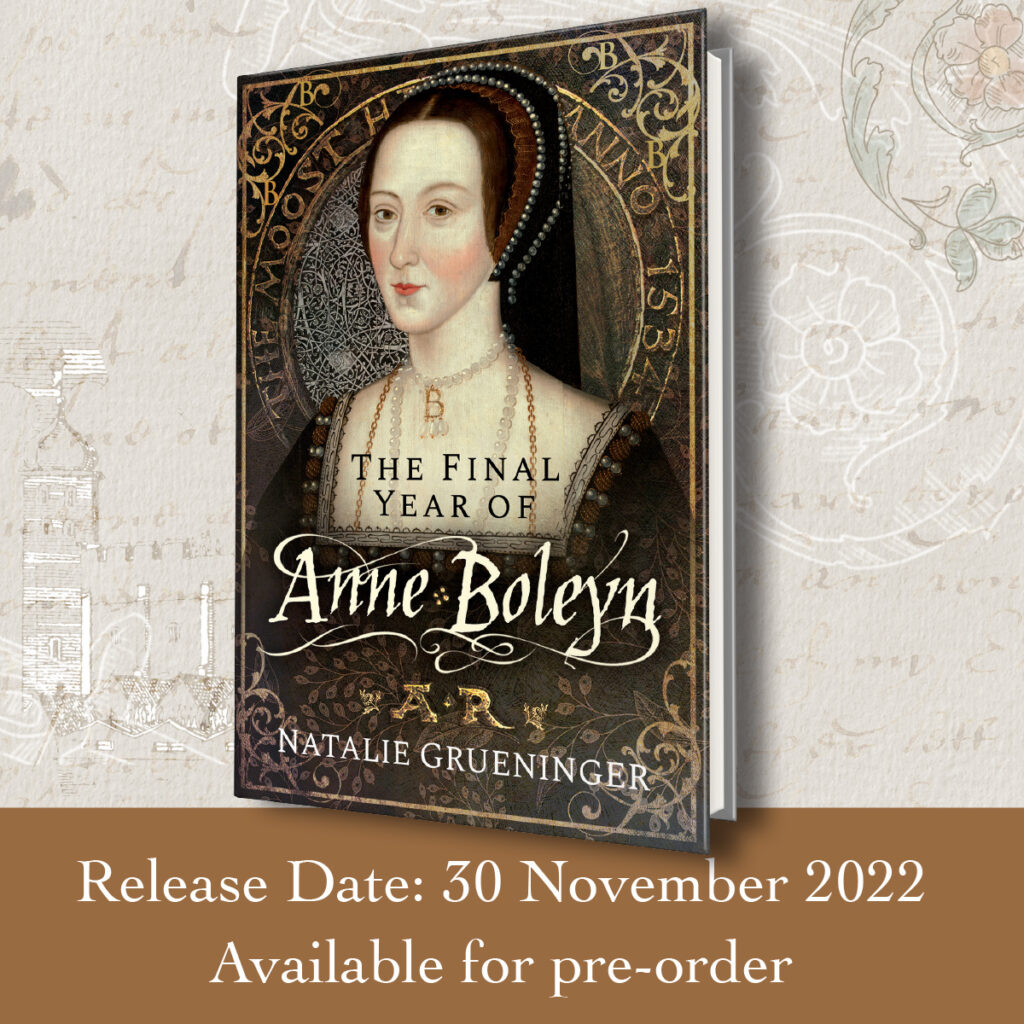
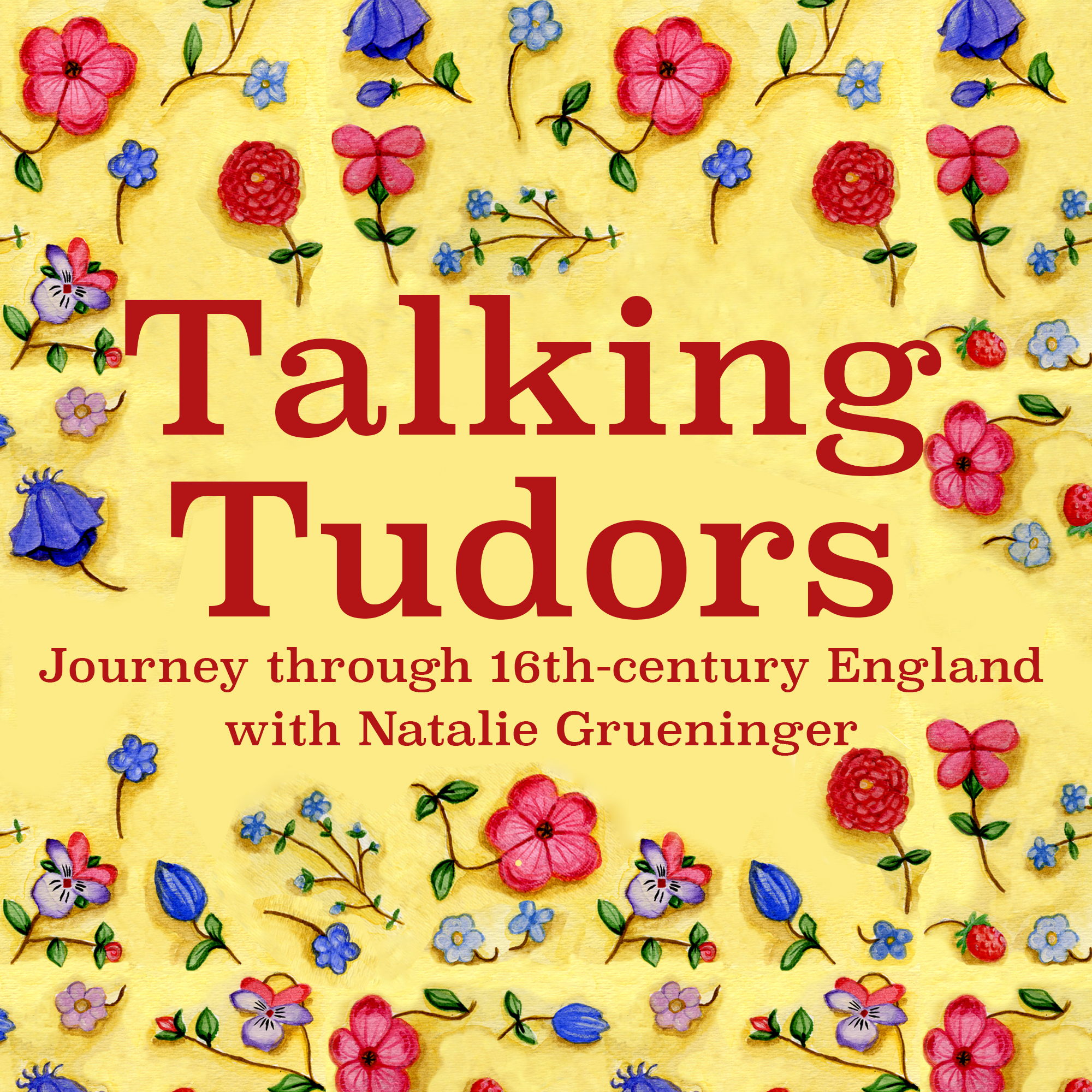

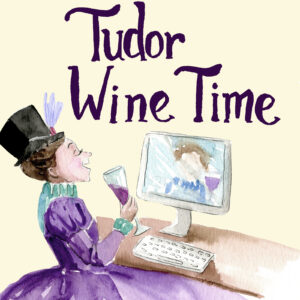
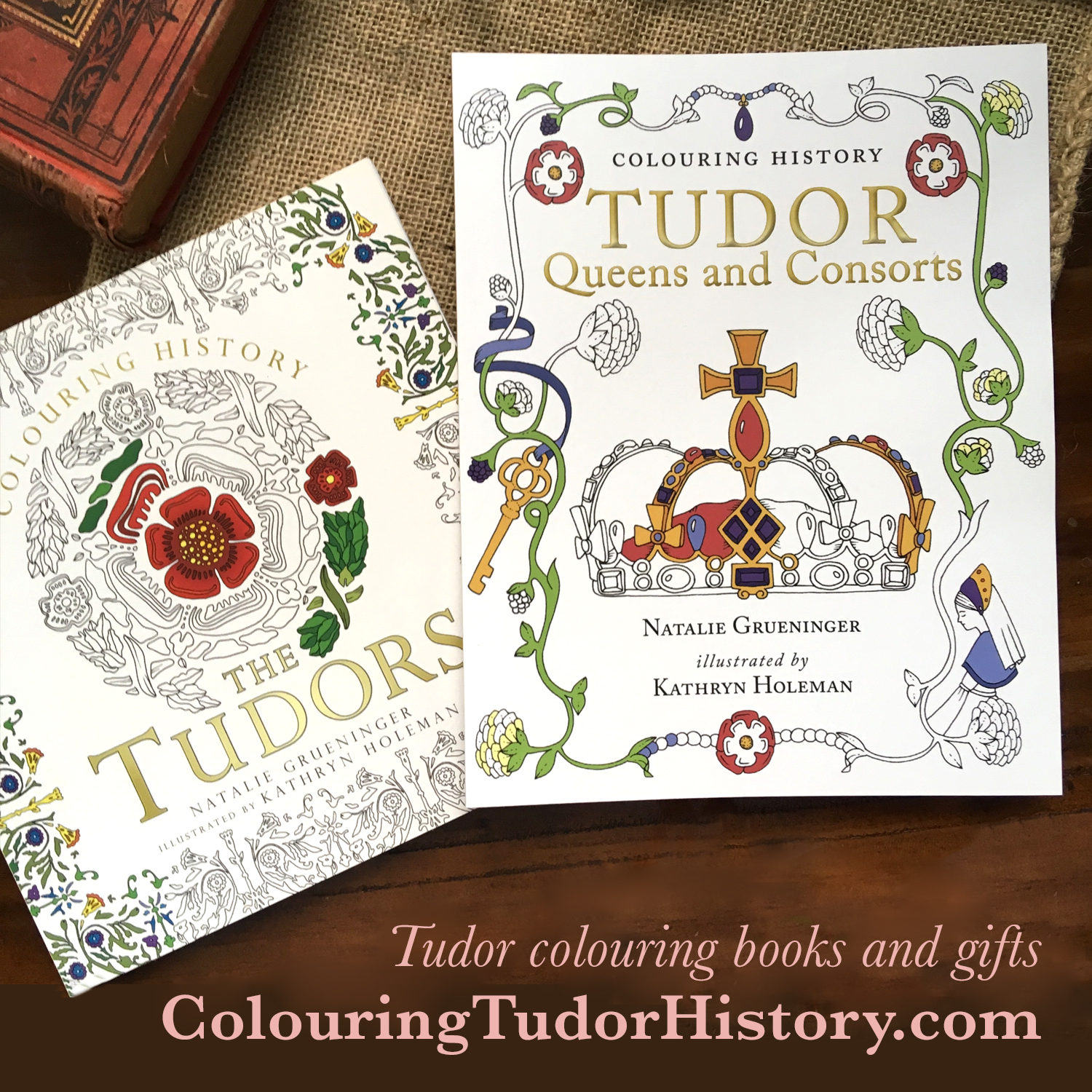

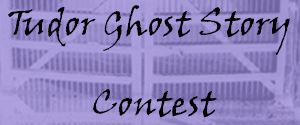

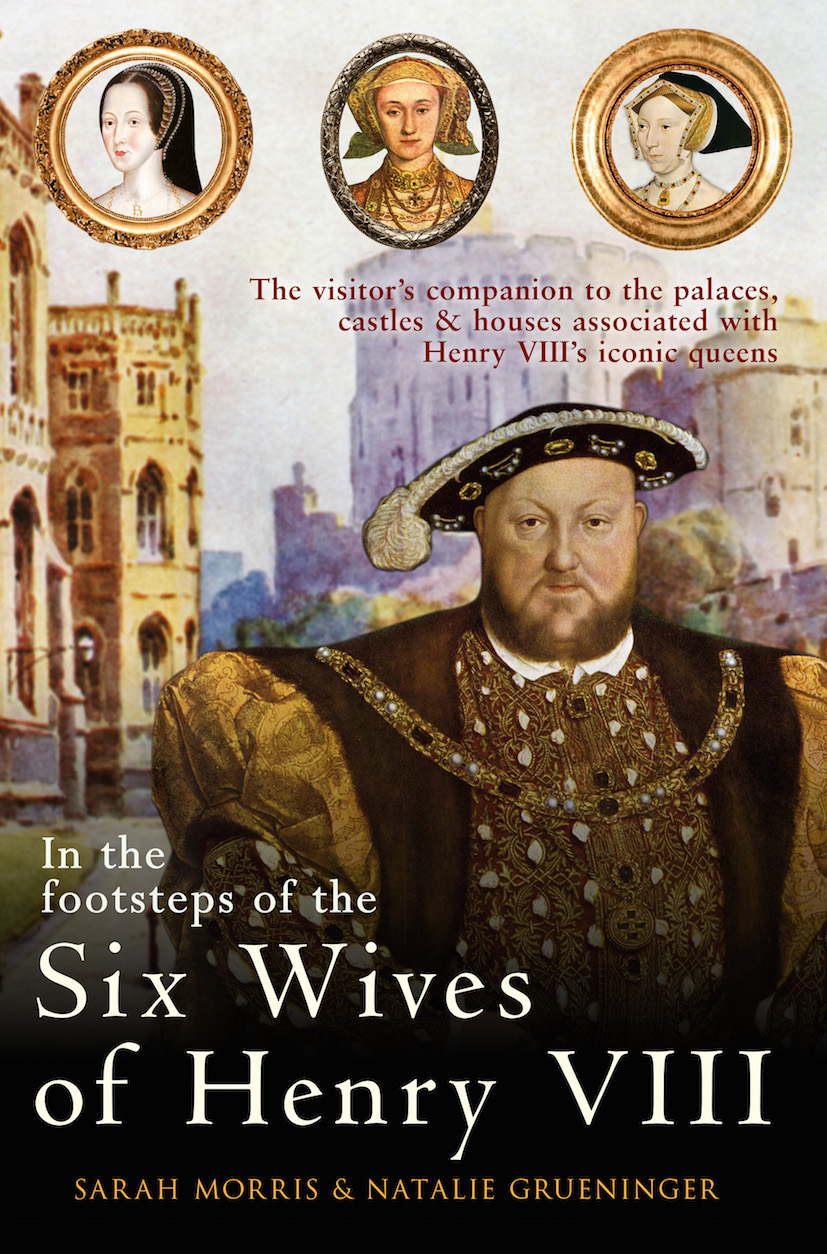
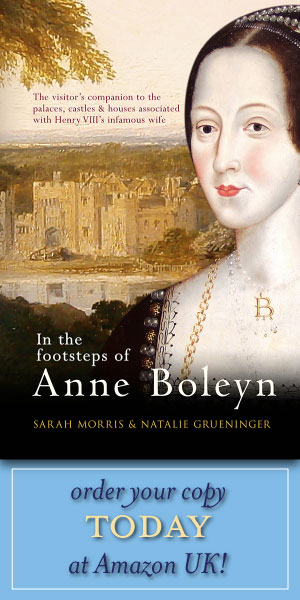
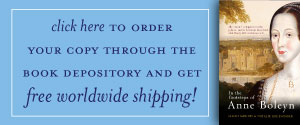
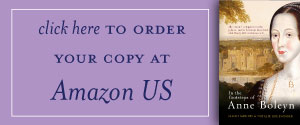
Thank you so much for hosting Suzanne’s blog tour, Natalie!
Amy
HF Virtual Book Tours
The book sounds awesome! And I loved reading the article about Elizabethan England